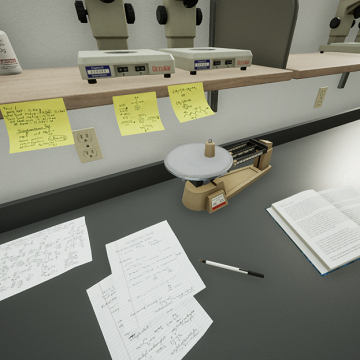Electronics Physics Labs
The new innovative approach to teach Electronics
The field of electronics has always relied heavily on practical experience to fully understand the theoretical concepts being taught in the classroom. However, with the rise of virtual labs, students can now experience the same level of practical experience in a virtual environment. Virtual labs are an innovative and effective way to teach electronics, providing a safe and engaging way for students to gain hands-on experience with electronic components.
A virtual lab in electronics allows students to experiment with a range of electronic components, including resistors, capacitors, and transistors. These components can be arranged in various configurations to create different circuits, and students can adjust the parameters of each component to see how it affects the overall circuit. Virtual labs also allow students to measure the electrical characteristics of circuits, such as voltage and current, giving them a more complete understanding of the concepts being taught.
One of the main advantages of virtual labs in electronics is their safety. Electronic components can be dangerous if not handled correctly, and virtual labs eliminate this risk entirely. Students can experiment with circuits and electronic components without the need for safety equipment or training. This makes virtual labs a more accessible and cost-effective solution, particularly for schools and universities with limited resources.
Virtual labs in electronics are also more accessible to students who are unable to attend physical labs. Distance learning has become increasingly popular in recent years, and virtual labs allow students to participate in practical experiments from the comfort of their own homes. This is particularly beneficial for students who live in remote areas or have mobility issues, as it provides them with the same level of practical experience as their peers.
Another advantage of virtual labs in electronics is their flexibility. Students can experiment with different components and circuits without the need for physical components, making it easier to test new ideas and explore different concepts. Virtual labs also allow students to repeat experiments and adjust parameters, helping them to gain a deeper understanding of the concepts being taught.
In conclusion, virtual labs are a valuable tool for teaching electronics. They provide a safe and engaging way for students to gain hands-on experience with electronic components, while also being more accessible and flexible than physical labs. With the rise of distance learning and the need for cost-effective solutions, virtual labs in electronics offer a way to bridge the gap between theoretical knowledge and practical experience, providing students with the skills and knowledge they need to succeed in the field of electronics.
By Sofia Indira Calderón Alvarez
Contact Us













